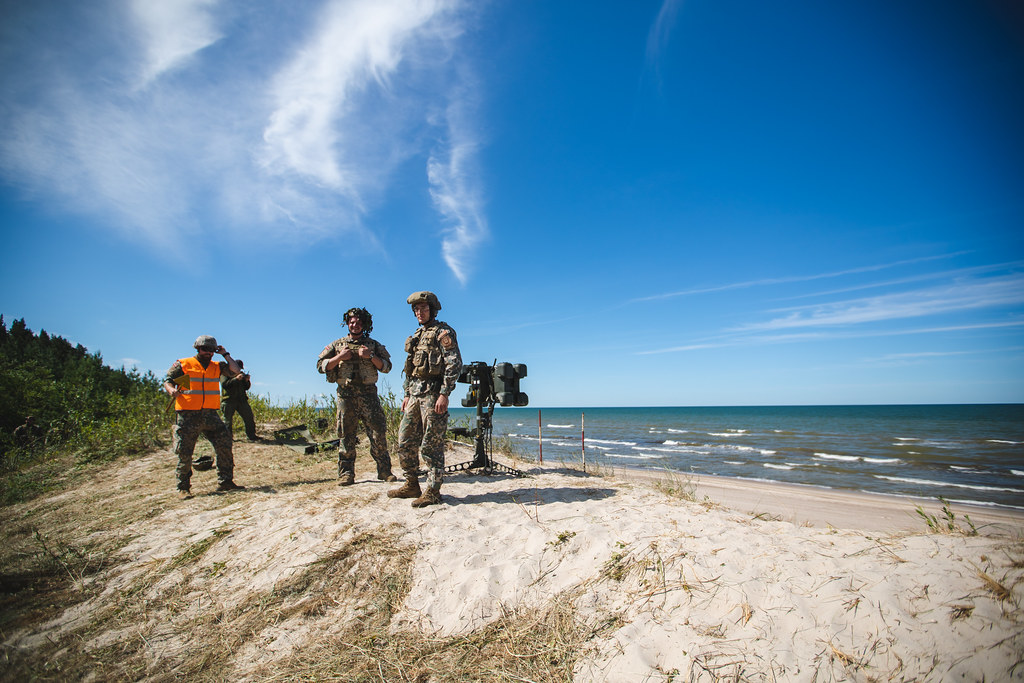Air defence capabilities
Cabinet of Ministers approved the National Armed Force (NAF) Development Plan for 2025-2036 on 23 July 2024. It defines NAF long and medium term development vision based on current threat levels and potential developments. According to the Plan, NAF will develop layered air defence capabilities. In the initial phase of the Plan, layered air defence capability development will receive the allocation of 650 million euro, and Cabinet of Ministers has also committed to provide additional 200 million euro each year from 2023 to 2027 for the strengthening of air defence capabilities. Air defence capabilities will allow to defend the territory, people and critical infrastructure of Latvia against enemy drones, helicopters, planes, missiles and other kinds of aerial threats.
Continued development of layered air defence system is one of the NAF capability development tasks in 2025. The key activities will focus on infrastructure and training of personnel that could operate IRIS-T Surface Launched Medium Range air defence system. First deliveries of IRIS-T systems are scheduled for 2026. NAF will also procure RBS 70 NG short-range, man-portable air defence systems in the coming years. To ensure the defence of airspace, in 2025 Latvia will deploy additional air defence units to the eastern border. They will be supported by State Defence Service (SDS) troops. Latvia will also continue to upgrade its airspace surveillance systems.
In addition to these tasks and activities, Ministry of Defence will also continue to support a number of research and development (R&D) projects that will give NAF counter-UAS (Unmanned Aircraft Systems) technologies that are integral for NAF functions. These solutions will be primarily implemented in the fields like air defence, UAVs and electromagnetic warfare capabilities. Ministry of Defence has already concluded several R&D agreements with Latvian counter-UAS developers in early 2025.

